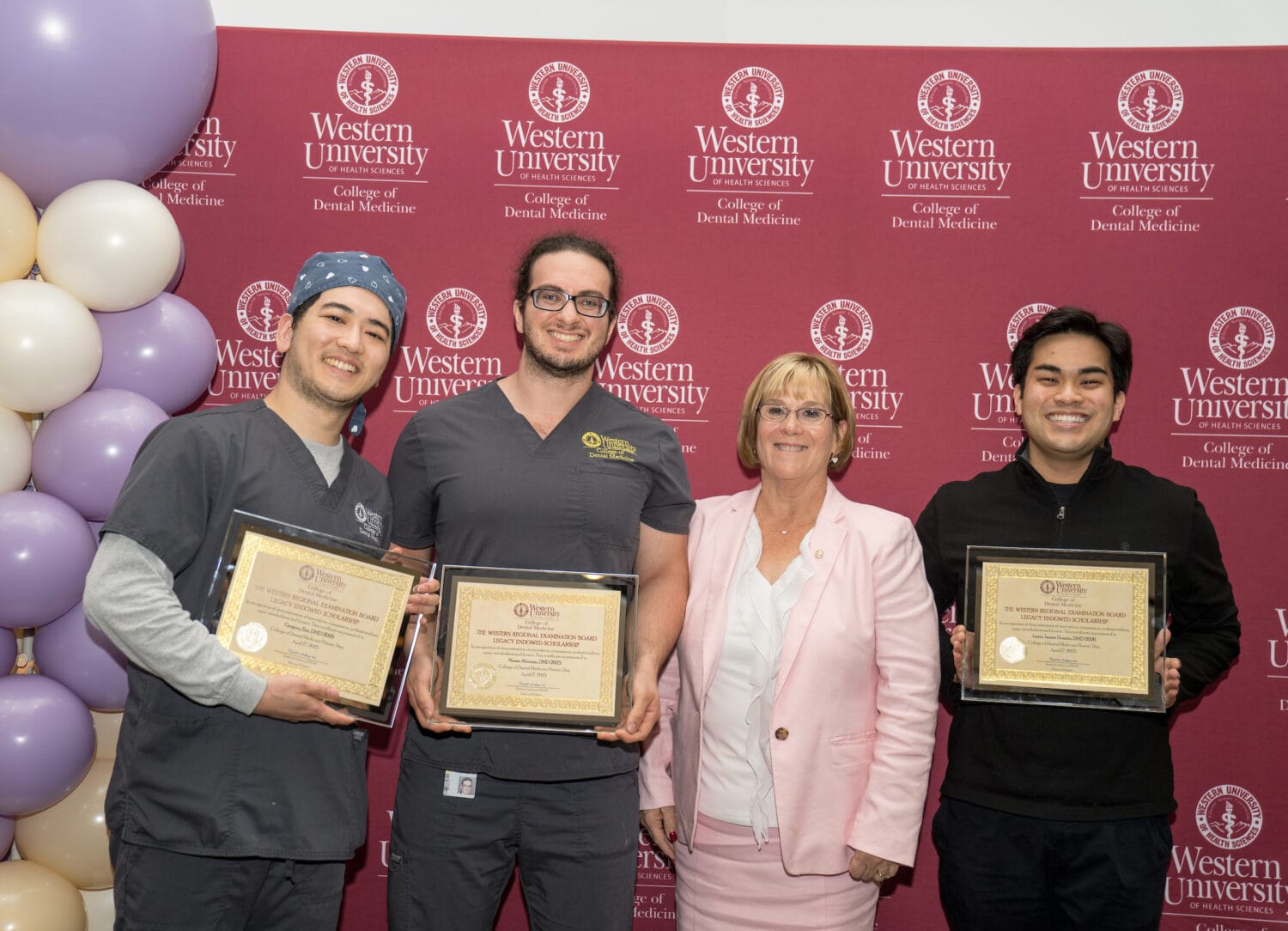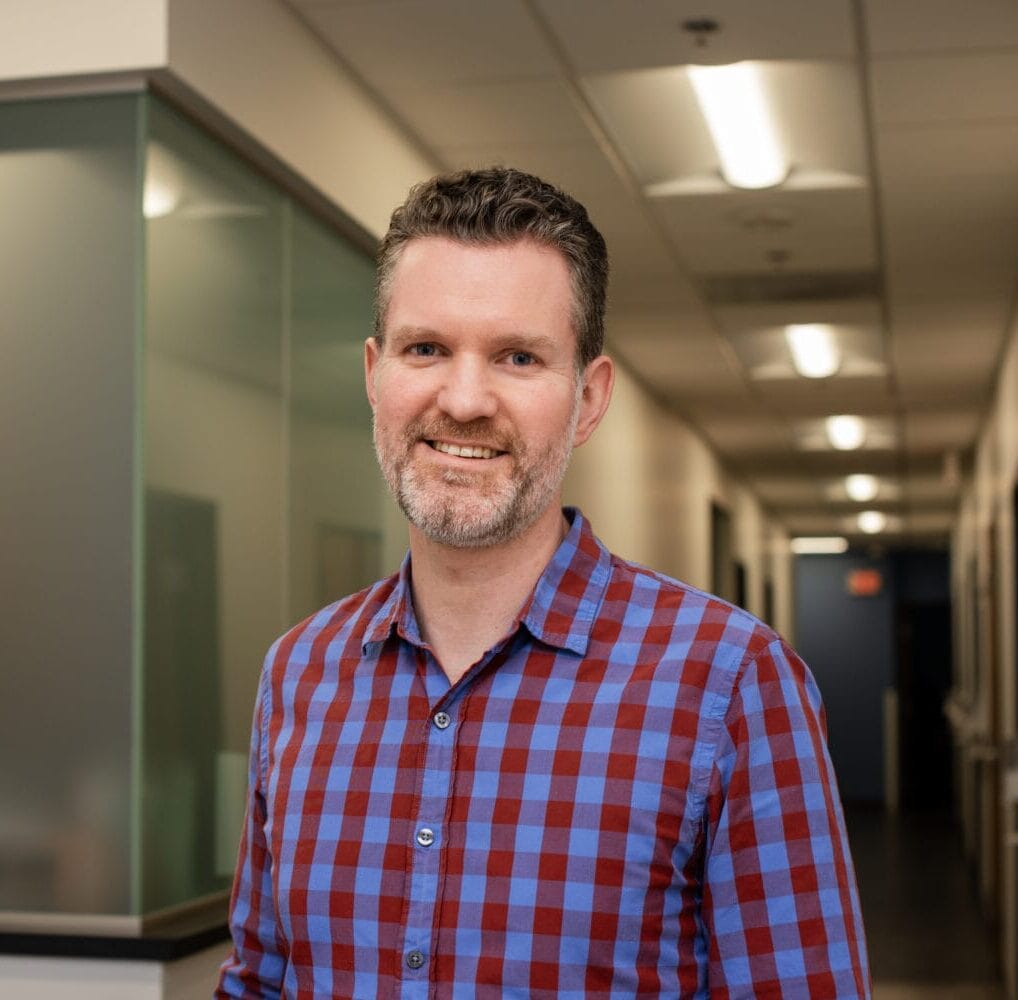WesternU College of Dental Medicine explores potential uses of generative AI in dental education

Western University of Health Sciences College of Dental Medicine invited a generative artificial intelligence (AI) expert to present a faculty development workshop on the benefits and pitfalls of utilizing generative AI in dental medicine education.

Meixun Sinky Zheng, MA, PhD, Director of Educational Innovation and Assessment, Associate Professor of Learning Sciences, University of the Pacific (UOP) Arthur A. Dugoni School of Dentistry, presented “Generative Artificial Intelligence for Teaching and Scholarship: Opportunities and Challenges” on WesternU’s Pomona, California campus Feb. 9, 2024.
CDM has collaborated closely with UOP across various aspects of dental education and oral health care over the past years, and this collaboration continues, said CDM Dean Elizabeth Andrews, DDS, MS.
“Engaging with Dr. Zheng, an expert in generative AI, was a top opportunity for our College,” Andrews said. “Embracing and understanding technology is crucial for CDM, and Dr. Zheng’s expertise has enlightened our faculty, sparking two to three innovative ideas. We eagerly anticipate how AI will positively impact our future oral health care providers and communities.”
Generative AI is a type of AI that can generate content for you in response to a problem you enter into the platform, Zheng said.
“And the generated content can be in so many different multimedia formats based on what you ask it to give you – videos, text, images, audio, or in the future you might ask it to produce 3D tools for you. That day is coming soon,” she said.
Zheng told the class that she wanted to have a balanced conversation about what AI can do. There are some risks and limitations to keep in mind no matter what way you use it, she said.
“From there, I will share some tips on how we can promote effective, transparent, responsible and ethical use of generative AI tools like ChatGPT and beyond, and how to teach that responsibly to our students,” Zheng said.
She also talked about drafting clear and meaningful course guidelines to communicate the expectations on what is allowed and what is not allowed in a given course regarding the use of tools like ChatGPT and beyond.
“Hopefully you will walk away from this workshop with some ideas and ways you can incorporate such technology in your teaching and learning and scholarship as an assistant, not to replace but to augment your work,” Zheng said.
CDM Clinical Team Leader and Assistant Professor Jay Preston, DDS, MBA, said he did not have any experience with generative AI prior to attending the workshop.
“It turned out to be a lot more powerful than I would have thought at this time. The examples showed the power of AI. It also showed some of its downfalls,” Preston said. “I think students will find it useful in reviewing data and treatment options. I hope they will use it as a tool and not as the only answer.”
The FDA has recently approved programs for reading radiographs (X-rays) and treatment planning won’t be far behind. Generative AI will definitely change education, Preston said.
“I will definitely need to learn more about AI. I will play with ChatGPT and try to see how it responds,” he said. “The problem I see with AI is that you have an input and output with a black box in between. The black box is an unknown, no one knows how decisions are made to generate the output. That is why AI can be way off base at some times.”
CDM Assistant Professor Paulina Saraza, DMD, said she has used generative AI to help design PowerPoint presentations and to refine presenter scripts. She is happy that the College provided an opportunity to learn more about AI and its uses.
“I think that it is here to stay and it’s going to continue to be widely used. I think the drawbacks of AI is that it is not always reliable, and it can be used in inappropriate ways,” Saraza said. “However, it is a useful tool and can be utilized to make dental education more effective and efficient. Again, it is an additional tool to have, but it is not meant to be a replacement. It is important to know how to use the technology and understand the drawbacks and benefits. Another aspect to consider is how to regulate student usage and to what extent students will be allowed to use it. I would like to take more courses to learn more about how to use it and what apps are available.”



